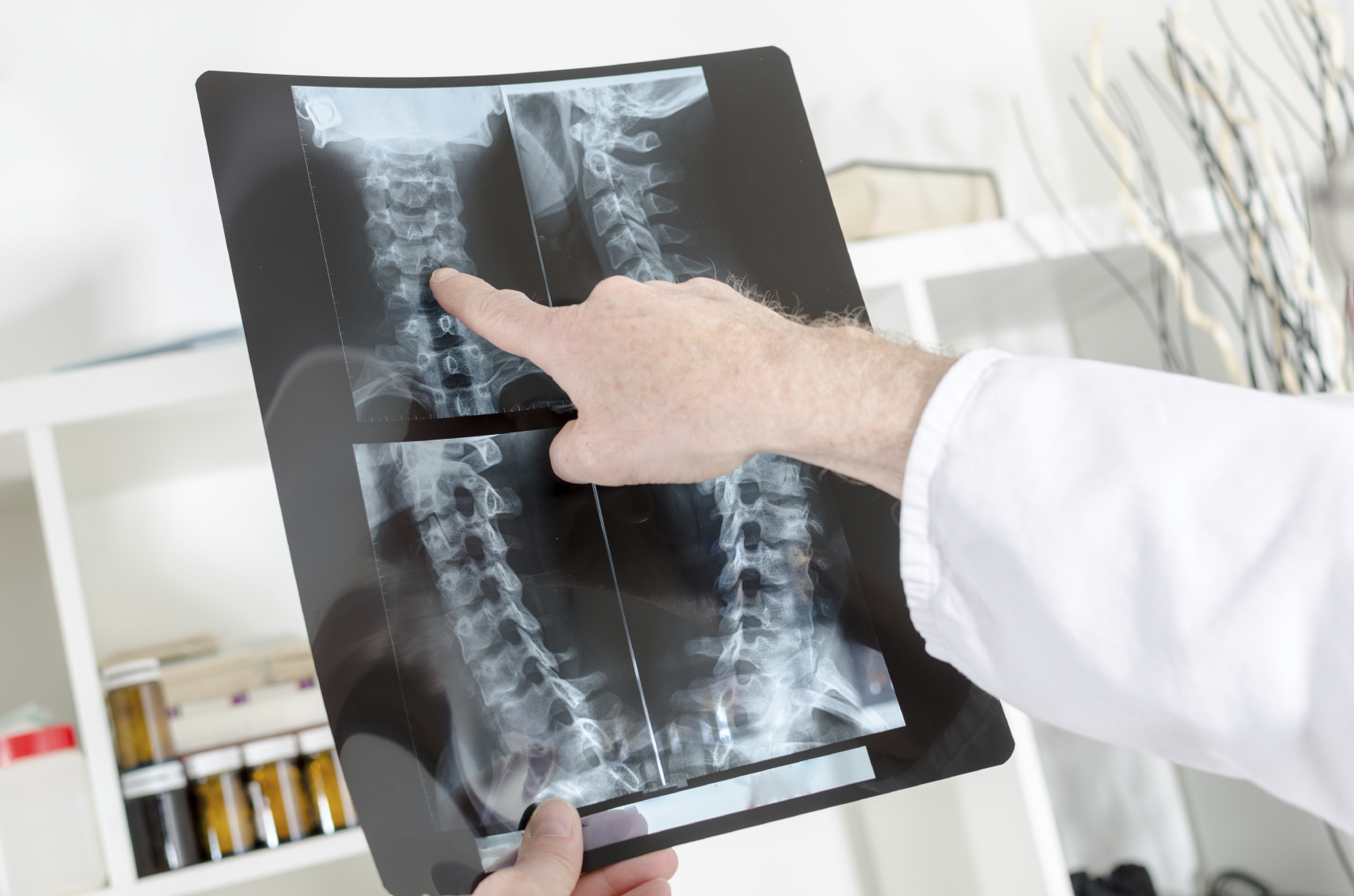It’s a vitamin that protects your brain from the aftermath of stroke… Helps you live longer… And prevents diabetes. Yet almost half of adults 50 and older aren’t getting enough.1 It could be a hidden cause of bone loss in the 54 million American with osteoporosis.2
Postmenopausal women with low levels are at greater risk of developing osteoporosis.3 That includes an increased chance of having weak vertebral bones.4 You want these bones to be as strong as possible… They protect your spinal cord.
Having weak vertebrae makes you more likely to suffer fractures and spinal cord injuries. Fractures aren’t just painful… They can cause you to shrink in height.5 Spinal cord injuries may lead to losses of skin sensation… Along with circulation, bladder, and bowel control.6
But getting more of this vitamin may be the best way to avoid these problems.
French researchers studied the effects of combining it with calcium supplements on elderly women. Participants took 1.2 grams of calcium and 800 IU of this vitamin each day for 18 months. Their risk of hip fractures decreased by 43%.7 Another study found that just 200 IU of it a day reduced the risk of vertebral fractures by up to 37%.8
That’s a major boost to bone health. But these benefits were seen at small doses. We recommend you get 5,000 IU of it every day… Taking that dose may make the results even more impressive.
So, what’s this bone-saving vitamin? And why is it so important for men too?
Vitamin D3.
Low levels aren’t just a threat to postmenopausal women… Osteoporosis is common among men between the ages of 60 and 74. Most doctors assume men aren’t supposed to get it.9 So they completely overlook it. Worse yet, being male also makes you about 80% more likely to suffer a spinal cord injury.10
This is why keeping your bones strong is one of the most effective ways to hold on to your independence as you age.
Despite the overwhelming number of studies proving vitamin D improves bone strength… A new study tried to prove otherwise.
Researchers from the University of Wisconsin chose 230 postmenopausal women for their study. They gave one group of women 800 IU of vitamin D3 per day. The other group took 50,000 IU twice a month. Which brought their levels to 30 ng/ML or more.
The researchers concluded that higher doses of D3 “increased calcium absorption, but the effect was small and did not translate into beneficial effects on bone mineral density…”11 But here’s where they went wrong…
First, we recommend you keep your levels between 40-60 ng/mL. And second… Their dosages are way off.
Think about it this way…
You can get about 10,000 IU a day in less than 30 minutes in the sun. You can bring your daily dose to well over 800 IU just by spending more time outdoors. A 50,000 IU dose twice a month makes no sense either. Our bodies were made to synthesize vitamin D daily from the sun and the foods we eat… Not in mega doses taken all at once.
That’s why we recommend you get D3 from the foods you eat. Just two servings of wild-caught salmon will provide you with about 2,000 IU. And don’t forget about sun exposure… All you need is about 10 minutes of direct sunlight on your skin each day.
If you live in an area with poor sunlight or can’t eat salmon… Try to find a high-quality D3 supplement from whole food sources. And aim for 5,000 IU per day.
In Good Health,

Angela Salerno
Publisher, INH Health Watch
Like this Article? Forward this article here or Share on Facebook.
References:
1http://bestpractice.bmj.com/best-practice/monograph/641/basics/epidemiology.html
2http://nof.org/news/2948
3http://qjmed.oxfordjournals.org/content/98/9/667
4http://www.ncbi.nlm.nih.gov/pubmed/1997517
5http://www.aafp.org/afp/2004/0101/p111.html
6http://www.mayoclinic.org/diseases-conditions/spinal-cord-injury/basics/risk-factors/con-20023837
7http://www.ncbi.nlm.nih.gov/pubmed/1331788
8http://www.ncbi.nlm.nih.gov/pubmed/12202471
9http://www.medscape.com/viewarticle/759347
10Ibid, “Complications” tab.
11http://archinte.jamanetwork.com/article.aspx?articleid=2422066

